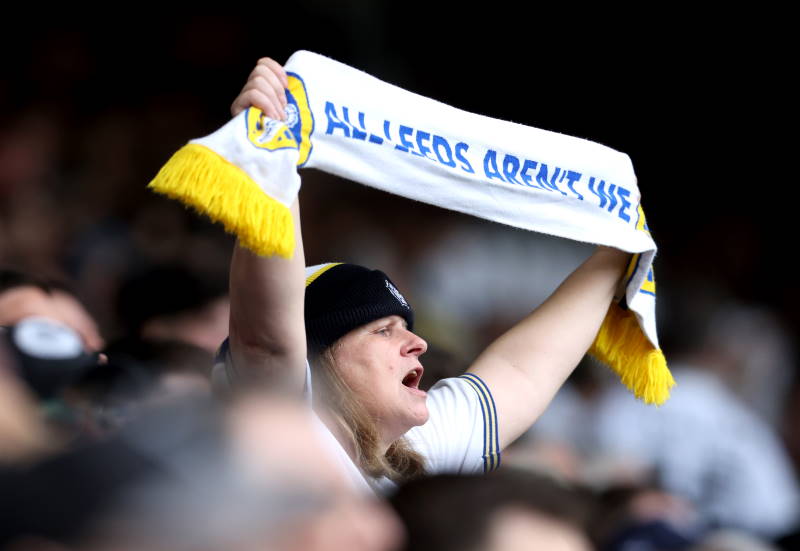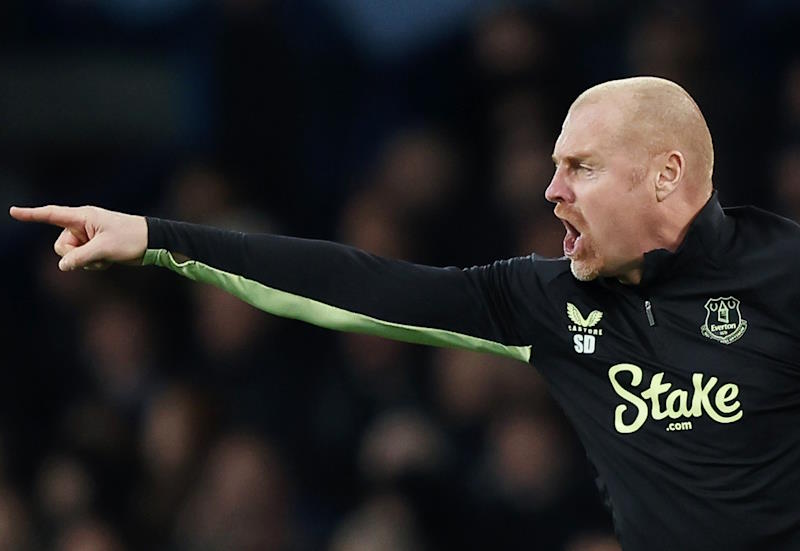
Herbert Chapman is to Arsenal what Bill Shankly and Sir Matt Busby are to Liverpool and Manchester United respectively. Fittingly though, unlike Shankly and Busby, Chapman is renowned not so much for the success he brought to Arsenal, but for the way he revolutionised football and tactics. Chapman was not just an innovator at Highbury, his legacy was one for the whole of English football too.
In many ways, the Arsenal boss was the Thomas Edison of football. His list of contributions to the game include, but were not limited to, physiotherapy, synthetic pitches, floodlights, team meetings, and perhaps most significantly, the concept of the manager having complete control of team affairs.
So important is the Yorkshireman that his bust was brought along to Arsenal’s new Emirates Stadium from its old home at Highbury.
Chapman was an innovator, first and foremost, but also a football manager, and one of the finest in history. He advocated shirt numbers, white footballs and was the brains behind the famous clock at the old Highbury Stadium. Perhaps even more significantly however, Chapman signed the first foreign player in Arsenal’s history, the Dutchman Gerard Keyser. And Chapman was the individual who had Gillespie Road underground station change its name to Arsenal.
The former Tottenham Hotspur player – Chapman, an inside forward, turned out for Arsenal’s rivals between 1905 and 1907 – was ahead of his time outside of his involvement with the Gunners too. He advocated a full time England manager long before the country’s Football Association decided to take up his advice, and also suggested training camps for the England players in the 1920s.
Chapman was ahead of the game in his era, in fact it is more than possible the manager was ahead of the state of play in the present day too. Just one example is Chapman’s belief that the crowded fixture lists that dominate the festive period at the end of December were a nuisance. And this in the days when there was no Champions League, or European Cup as it was originally called, to add further competitive matches on top of domestic games.
On the pitch Chapman was also a genius. With Northampton Town, his tactical innovations transformed the club from a struggling side to the champions of the Southern League in 1909. With many teams fielding four or five strikers at the time, Chapman instructed his midfielders to play deeper on the pitch in order to create more space for the strikers in his own team. The innovation worked and Northampton became champions. However, in Chapman’s era, there was no relegation or promotion, which angered the visionary coach. He protested to the authorities, and within a decade the concept of promotion and relegation was brought in.
It was at Arsenal that Chapman is most remembered, having come to London from Huddersfield Town, where he had won the league twice and the FA Cup as a manager between 1921 and 1925. It was against his former side that he won Arsenal’s first trophy, the FA Cup in 1930, and the following year a record breaking 66 points were amassed as the club won the league for the very first time.
Chapman’s sides were entertaining to watch and featured the likes of Cliff Bastin (Arsenal’s record goalscorer until Ian Wright broke his record 10 years ago) and Alex James, an inside forward, another Arsenal legend, Dennis Bergkamp, was later compared with.
Chapman’s great innovation on the pitch was a shift in formations. At the time when he arrived at the club, the traditional 2-3-5 system was still widely in use. Chapman created a 3-2-2-3 system, also known as the W-M formation for the shape it resembles. This system saw Arsenal playing deeper than their opponents, and in part its effect was to draw the opposition onto the team to allow Chapman’s sides to counter attack to devastating effect. The Yorkshireman also introduced a deep lying centre back from his Huddersfield days, a specialist defender who would perform the role of a sweeper, anticipating danger and bringing the ball out of defence.
At Arsenal, Chapman won two league titles in addition to the FA Cup of 1930 before he died in January 1934, with the club on course for yet another league title. Arsenal continued their period of domination throughout the decade under George Allison and were widely recognised as the best side in Europe at the time. One of the most intriguing questions that will never be answered is whether Chapman would have been able to match the achievements of the likes of Shankly and Busby in the European arena, had such a thing been in existence in his day. Somehow though, knowing the answer to that question would defeat much of what Chapman was about.
Chapman’s hasty demise and shock death rocked the Gunners, but was also a measure of his commitment to the club and to the game. Suffering from a cold, he was determined to watch Arsenal’s third team take on Guildford City, and in the process he contracted pneumonia, from which he then died at his Hendon home, aged just 55.












